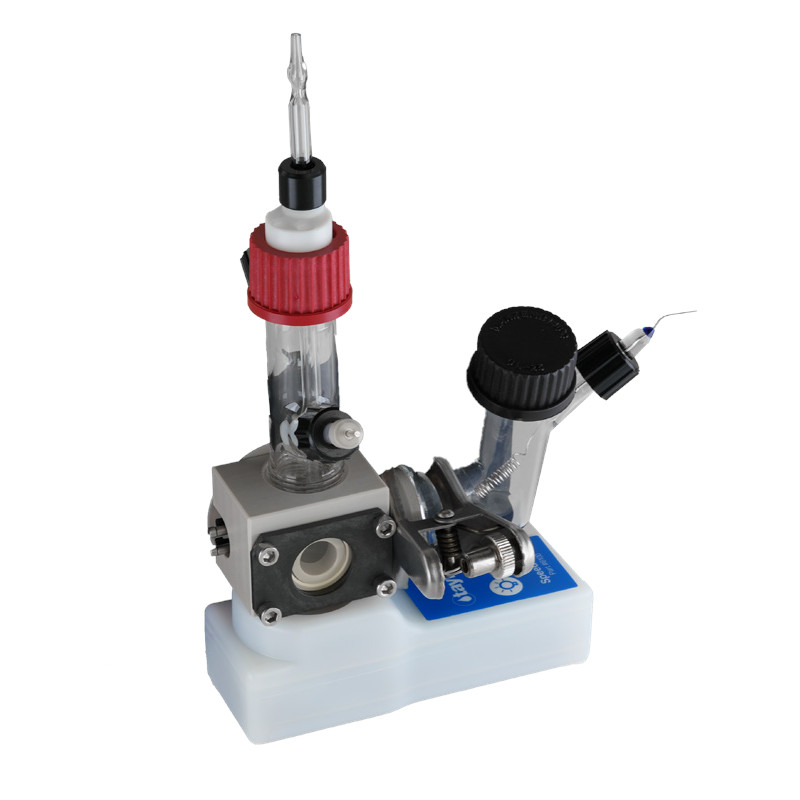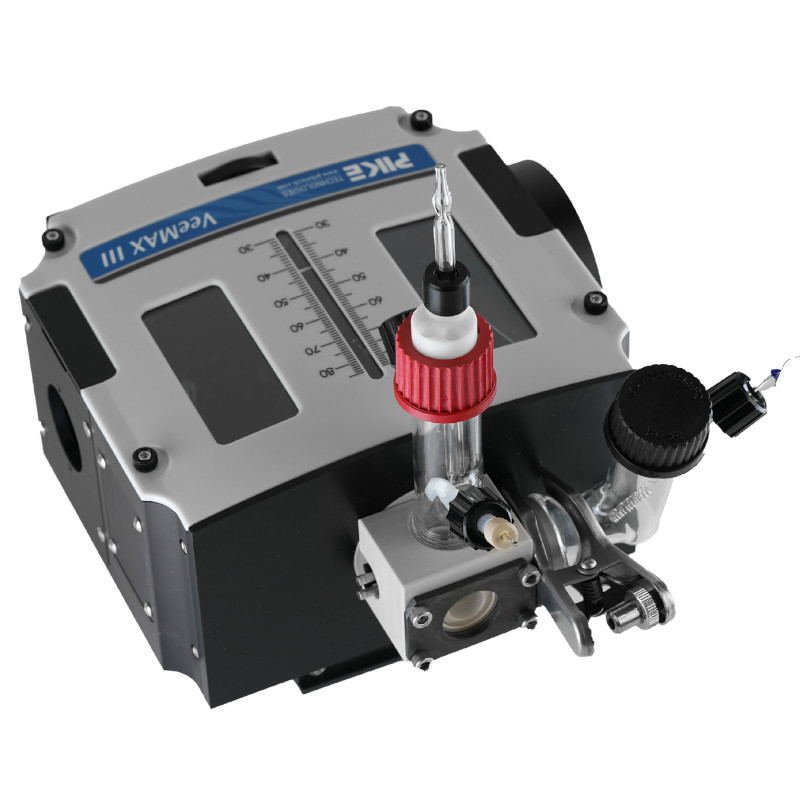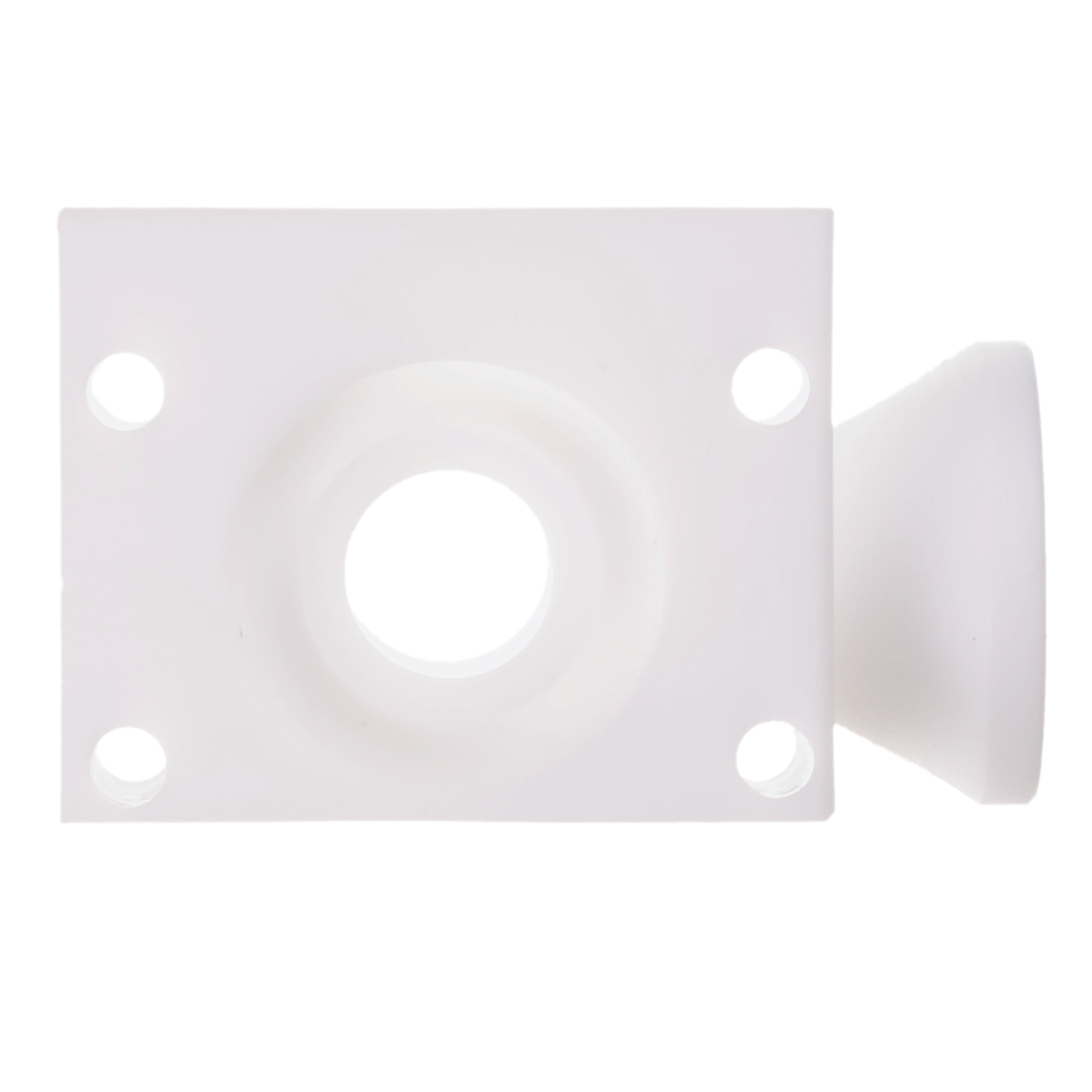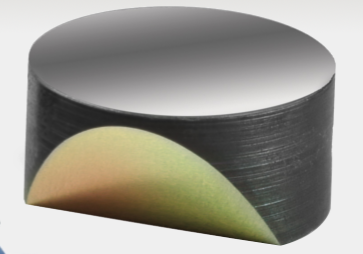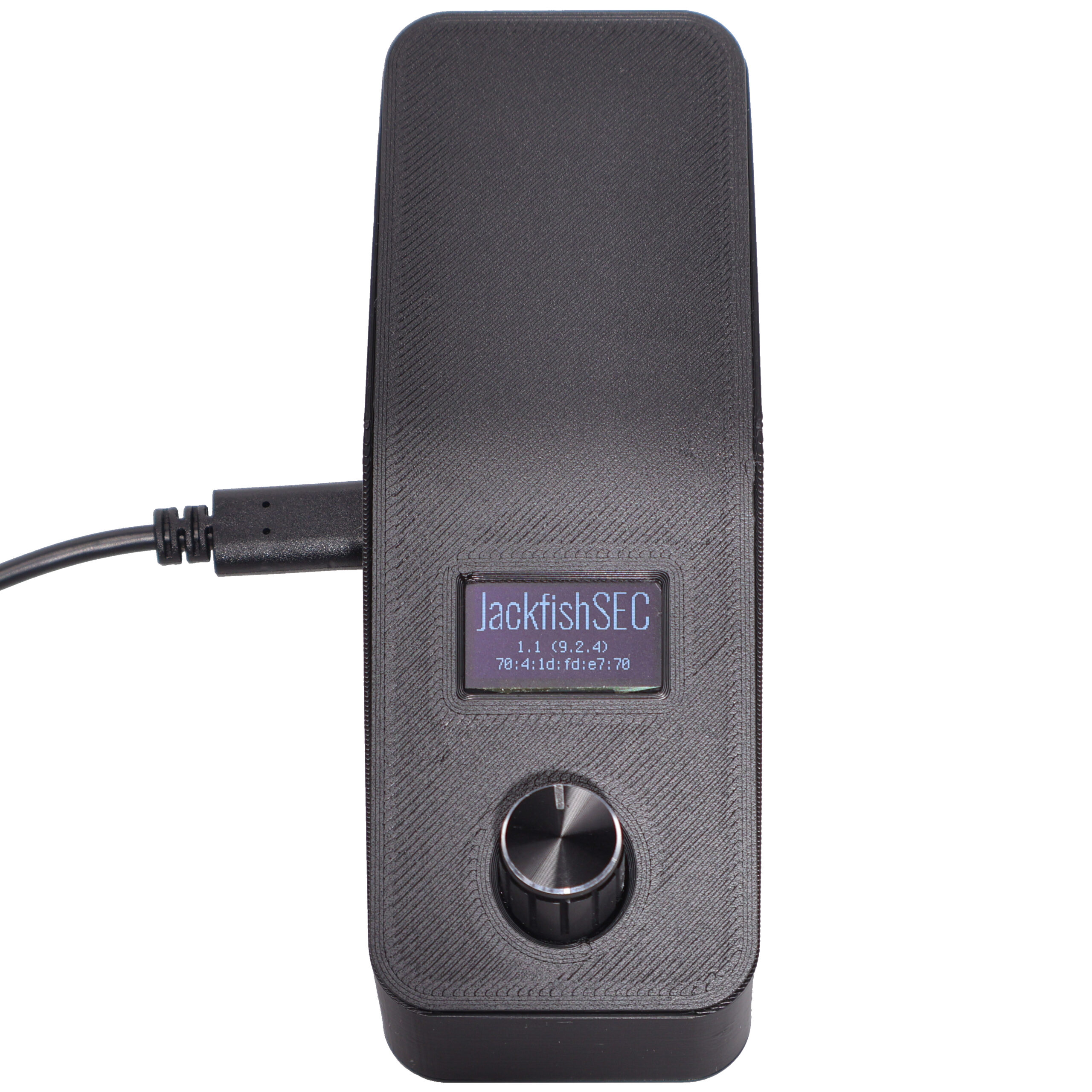J4 H-cell
The Jackfish J4 H-cell helps researchers avoid unintentional redox reactions from occurring by controlling the electrolyte which is in contact with the counter electrode (CE) and working electrode (WE). The electrodes are housed in separate compartments partitioned by a semipermeable membrane so that the electrolyte in each compartment can have a unique composition. Precursors can be selectively introduced into the WE compartment without concern of side reactions at the CE and products from the WE are prevented from participating in further reactions at the CE.
Key Features
- Quartz window provides direct observation of the working electrode surface and also enables the possibility of photochemical experiments
- Included low-profile magnetic stirrer enables studies of mass transport effects
- Multiple ports facilitate the introduction of gases to the cell and accommodate a wide variety of experimental setups
For a complete list of the parts included with the J4, please consult the manual.
Application Note
The Impact of Stirring on the Electrode Microenvironment During eCO2 Reduction (Katharina Trapp)
Product Variants
Several J4 variants are available. The principal choices for the user are:
Choice of cell base material
The J4 cell base is available in two different material types: PTFE and PEEK.
Choice of ATR element holder
Two holder options are available, depending on which ATR element the user wishes to use. The ATR elements are sold separately.
FAC Holder | Wafer Holder |
| PIKE Face-Angled Crystals (FACs) have an anti-reflective coating which increases spectral throughput and improves signal to noise. SEIRAS signals are up to twice as strong using the FAC compared to a conventional hemisphere. However, strongly absorbing Si phonon modes impose a low-wavelength cutoff around 1250 cm-1. | The wafer holder accommodates 500 μm thick microgrooved ATR wafers, an inexpensive alternative to larger ATR crystals. The underside of the wafer is patterned with microprisms to enable excellent optical coupling. The low pathlength minimizes throughput loss from Si phonon modes, allowing access to the complete mid-IR spectral range from 5000 to 400 cm-1. |
| Product Number | Product Name | Cell Base Material | ATR Element Holder |
| 162-4851 | J4FP | PEEK | FAC |
| 162-4852 | J4WP | PEEK | Wafer |
| 162-4860 | J4CP | PEEK | FAC and Wafer (both included) |
| 162-4853 | J4FT | PTFE | FAC |
| 162-4854 | J4WT | PTFE | Wafer |
| 162-4861 | J4CT | PTFE | FAC and Wafer (both included) |
ATR Elements
| Product Number | Product Name |
| 160-5552 (Si), 160-5550 (ZnSe), 160-5551 (Ge) | Face-angled crystal (60°) * |
Electrodes
| Product Number | Product Name |
| 162-4768 | J2/J4 Pt counter electrode |
| 162-4767 | J2/J4 Au counter electrode |
| 162-4774 | User-serviceable Ag/AgCl reference electrode |
Add-ons
Note: Every J4 cell comes packaged with one top cap purge kit and one magnetic stirrer.

